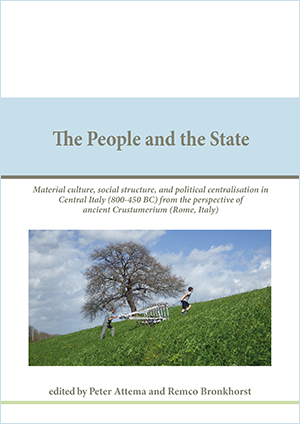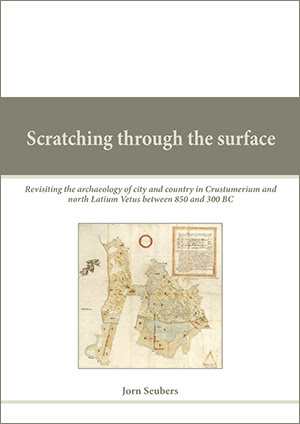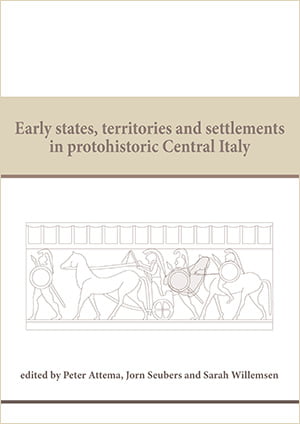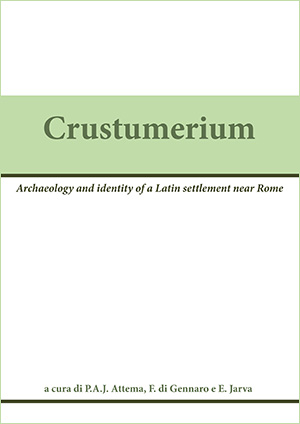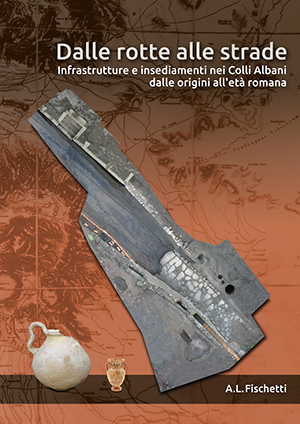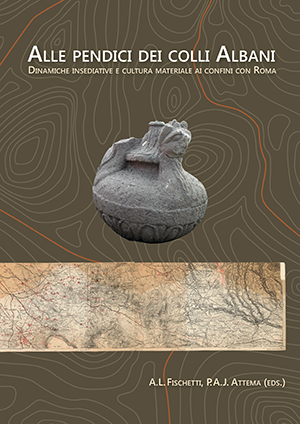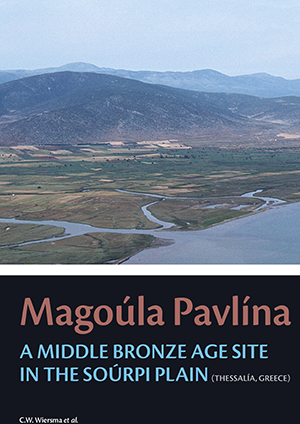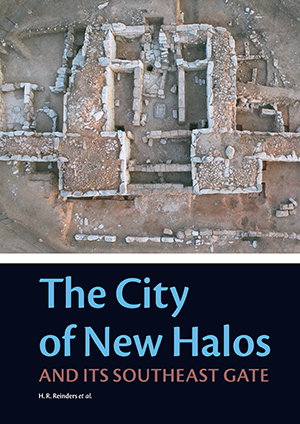Understanding how past and current physical landscape processes, both natural and anthropogenic, affect the archaeological record has become one of the main aims of the burgeoning field of Geoarchaeology. But the ideal of effective multidisciplinary research collaboration is hard to achieve. This second volume of the Raganello Basin Studies series demonstrates how intensive collaboration between earth scientists and archaeologists has resulted in a systematic approach to the description and assessment of archaeologically relevant soils and landscape processes in a typical Mediterranean landscape – the basin of the Raganello River in southern Italy. It is both a detailed report on the extensive field studies conducted by the authors in 2012-2014, and a much needed ‘how to’ guide to the study of landscapes and soils within the framework of landscape archaeological projects in the Mediterranean. The work described here builds on the expertise in Mediterranean soils and landscapes gained by the first author over decades of research, and avoids or explains jargon that would otherwise deter those with a purely humanities background.
The volumes in this series are all organized in a similar fashion, namely by ‘landscape type’, and reflect the two guiding principles of the Groningen approach to Mediterranean archaeology – first, that a joint methodological framework is needed for systematic interdisciplinary research in landscape archaeology, and second, that the characteristics and history of homogeneous landscape units must lie at the basis of such a framework.
Raganello Basin Studies Series introduction 7
Preface 11
1 Introduction 15
1.1 Geology and geomorphology 15
1.2 Tephrochronology 19
1.3 Pedology 19
2 Soils in the Raganello basin 25
2.1 General trends 25
2.2 Soils on limestone 25
2.3 Soils on marl, shale and phyllite 26
2.4 Soils on terrace deposits 28
2.5 Soils on conglomerates 32
3 Detailed soil surveys and transects 35
3.1 Introduction 35
3.2 Marine terraces 35
3.3 Foothill USL 42
3.4 Uplands 48
4 General discussion and conclusions 59
4.1 Landscape stability and the archaeological record of the Raganello river catchment 59
4.2 Research questions 61
4.3 Evaluation of the mapping approaches developed by Feiken (2014) 63
4.4 Final remarks and conclusions 64
References 65
Appendices 69
Appendix I: Terminology used for the description and classification of soils 69
Appendix II: Soil Key for the Raganello Basin 73
Appendix III: Chemical composition and archaeological relevance of clays 76
Appendix IV: Core descriptions 77
Upland Undulating Sloping Land (UUSL) 77
Marine Terraces (MT) 83
Foothill Undulating Sloping Land (FUSL) 86

